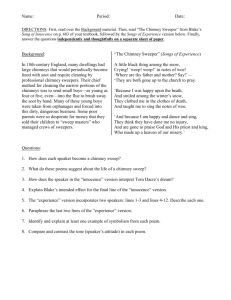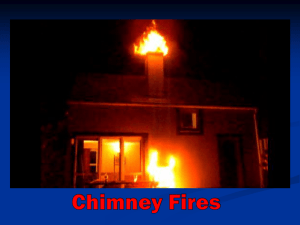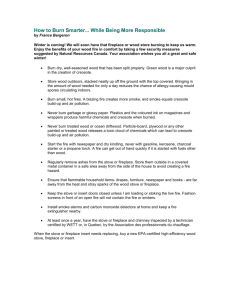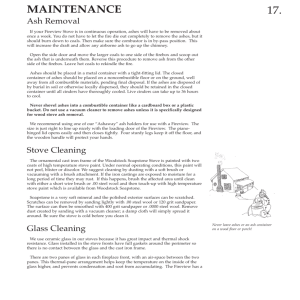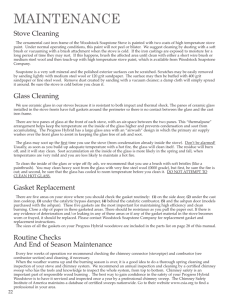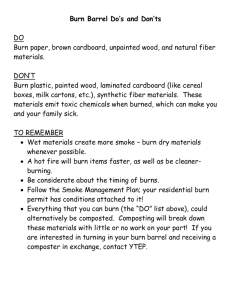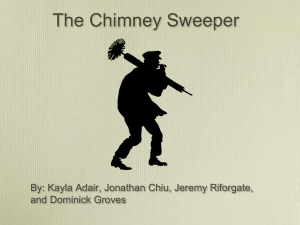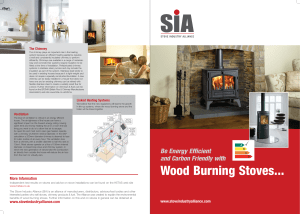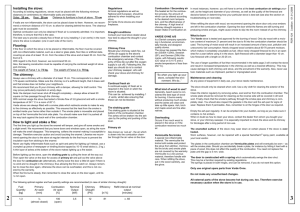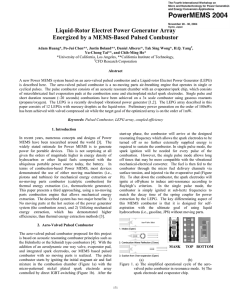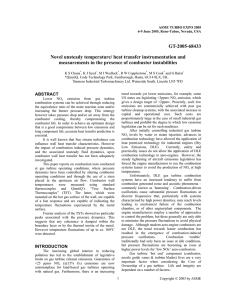TROUBLESHOOTING GUIDE
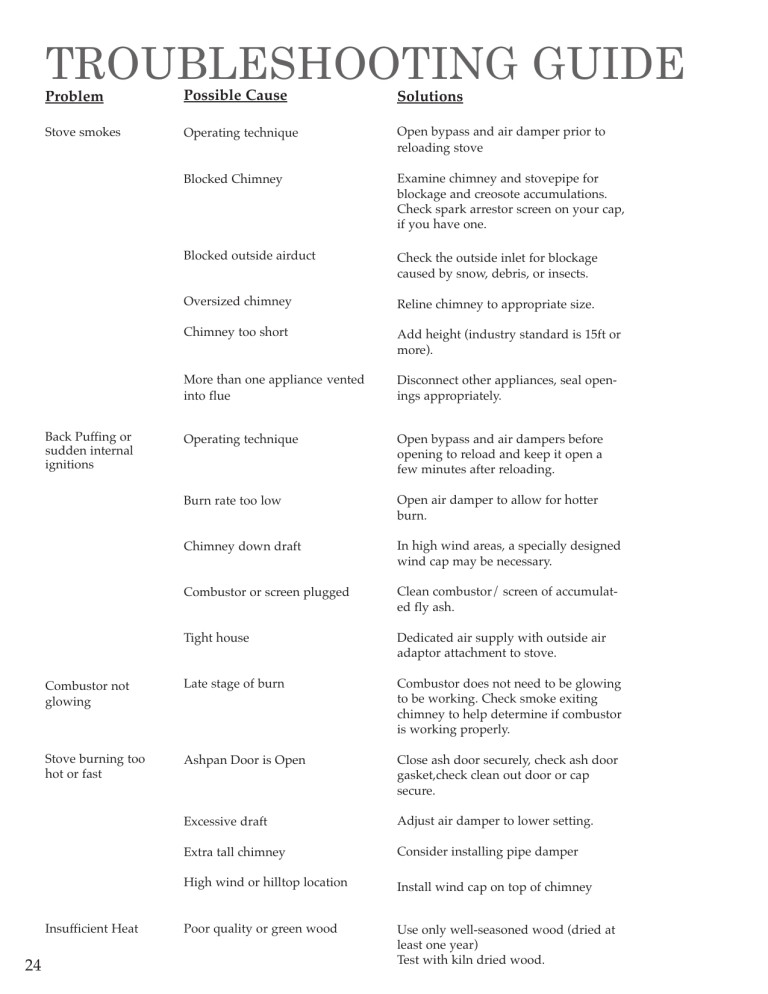
TROUBLESHOOTING GUIDE
Problem Possible Cause Solutions
Stove smokes Operating technique
Blocked Chimney
Blocked outside airduct
Oversized chimney
Chimney too short
More than one appliance vented into flue
Open bypass and air damper prior to reloading stove
Examine chimney and stovepipe for blockage and creosote accumulations.
Check spark arrestor screen on your cap, if you have one.
Check the outside inlet for blockage caused by snow, debris, or insects.
Reline chimney to appropriate size.
Add height (industry standard is 15ft or more).
Disconnect other appliances, seal openings appropriately.
Back Puffing or sudden internal ignitions
Operating technique
Combustor not glowing
Stove burning too hot or fast
Burn rate too low
Chimney down draft
Combustor or screen plugged
Tight house
Late stage of burn
Ashpan Door is Open
Excessive draft
Extra tall chimney
High wind or hilltop location
Open bypass and air dampers before opening to reload and keep it open a few minutes after reloading.
Open air damper to allow for hotter burn.
In high wind areas, a specially designed wind cap may be necessary.
Clean combustor/ screen of accumulated fly ash.
Dedicated air supply with outside air adaptor attachment to stove.
Combustor does not need to be glowing to be working. Check smoke exiting chimney to help determine if combustor is working properly.
Close ash door securely, check ash door gasket,check clean out door or cap secure.
Adjust air damper to lower setting.
Consider installing pipe damper
Install wind cap on top of chimney
24
Insufficient Heat Poor quality or green wood Use only well-seasoned wood (dried at least one year)
Test with kiln dried wood.
Insufficient Heat
(cont.)
Acrid odor during initial burn
Window Dirty
Blocked outside air duct
Heat going up chimney
Check outside air duct for blockage
Test with thermometer on 1st section of stovepipe– temps should drop below 300 degrees
F when combustor is engaged.
Paint and/or window gasket curing
Open windows until paint or gasket is cured.
First start up fire
Airflow restricted
Smoldering fire
Check gap for air guide at top of stove window inside stove. There should be a 17/64” in gap between glass and edge of cast iron plate. A smaller gap due to ash build up could restrict air flow and cause the window to soot up.
Open-air damper in small increments until some slow flames appear. Run hot fire to burn smoke off the glass, or remove build up with glass cleaner when stove is cold.
Green or wet wood. Burn drier wood, or open air damper slightly for a hotter burn. (see above)
Is my Combustor still working?
Your catalytic combustor is viable for 12,000 to 14,000 burn hours. This translates, roughly, into a life span of 4 -6 years. If the catalytic coating is not working as it should, it is not burning the gas vapors in the smoke and therefore, the smoke exiting your chimney will be darker in color. If your draft is sluggish and you have ruled out any draft related issues in the venting or in the wood supply, your combustor may not be burning the smoke vapors and too much volume is trying to pass through the honey-comb at one time. If heat output is diminished, and any other factors are ruled out, that may also be a sign that the catalytic combustor is not burning the smoke vapors, therefore not extracting maximum heat from available btu’s in the wood you are burning.
25
